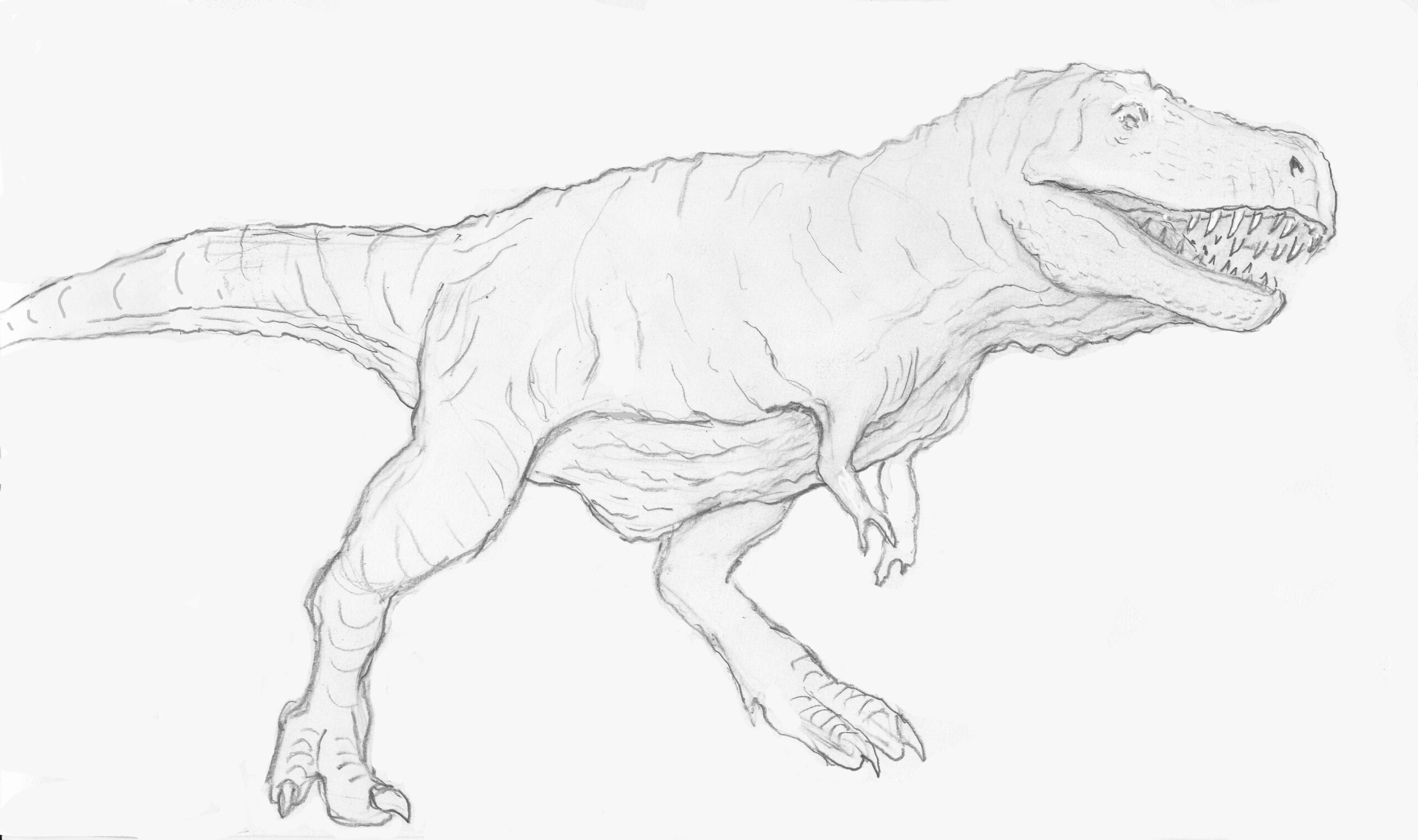CHAPTER 5 | THE SKIN OF AN ANIMAL
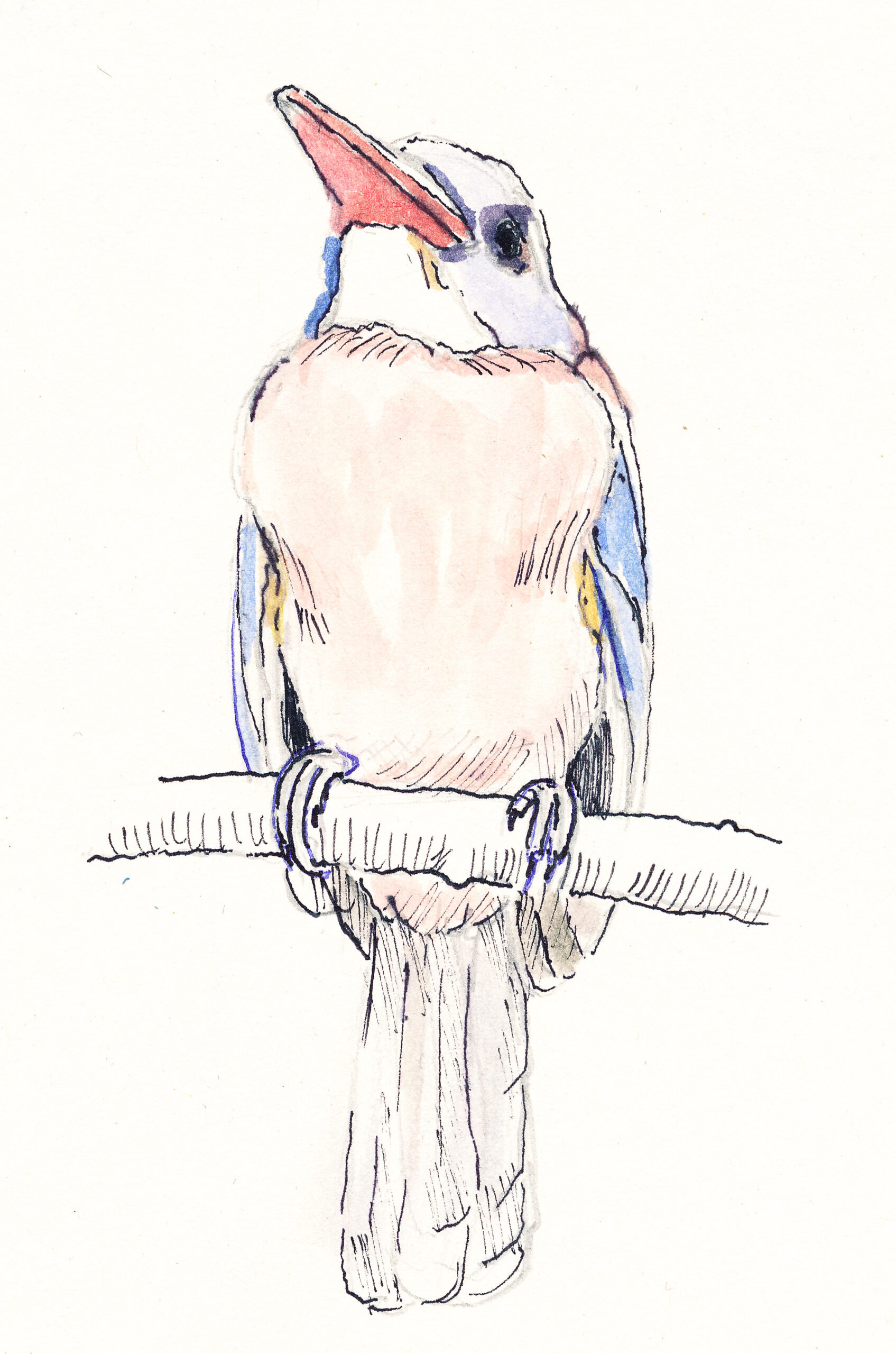
There are so many types of animals that I can only give you some general suggestions for drawing animals with a hairy coat, plumage, or scaly skin.
Exercise 1: Copy the mouse in the example below. Start as lightly as possible with the global shape of the body and head, approximately an oval on its side. Then make the outline more precise and hairy in small pencil movements. Finally work out the fur with fine hatching (from tiny lines to dots). Where shadow falls (usually on the bottom) press a little harder and/or continue a little longer.
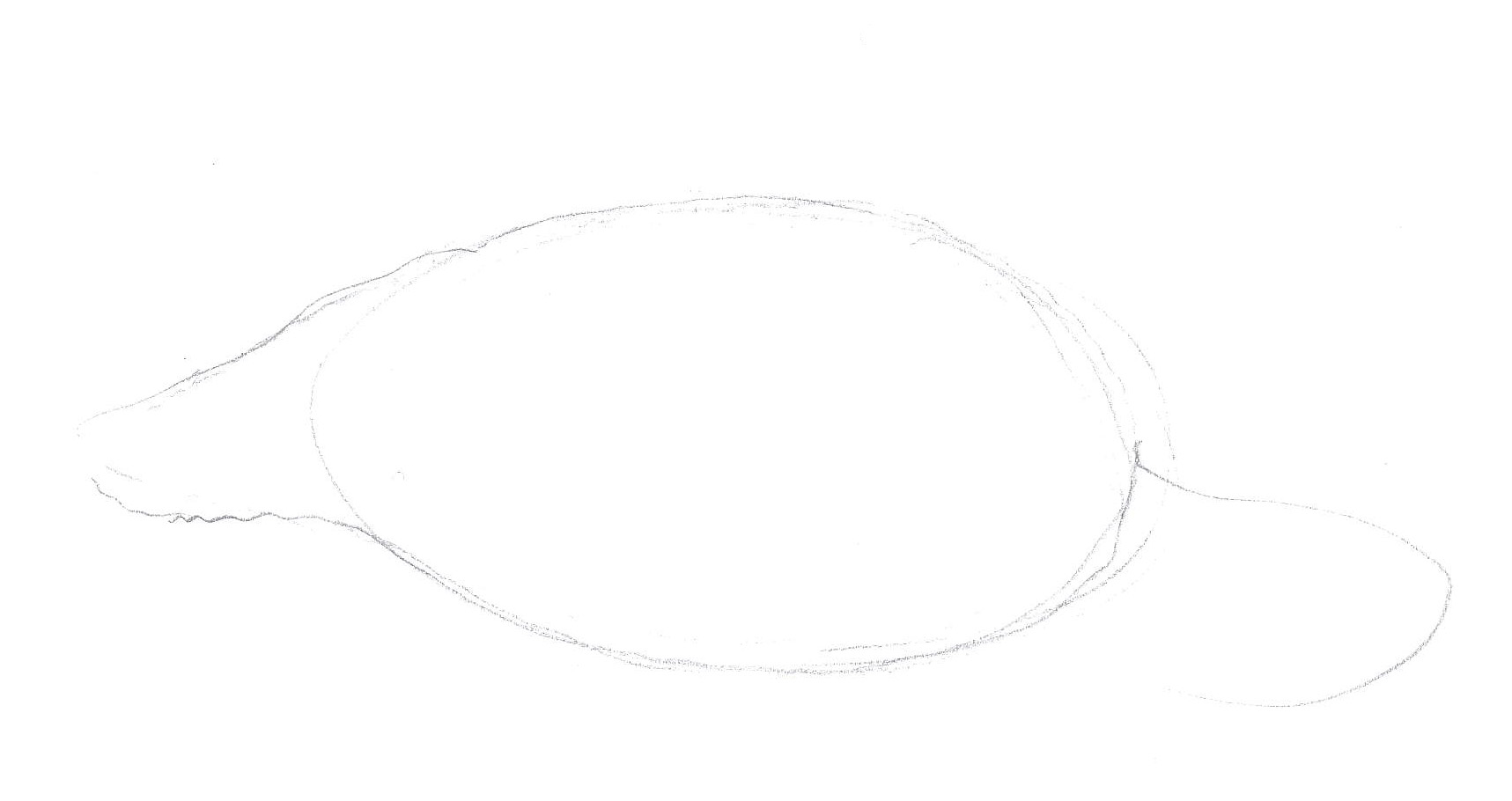
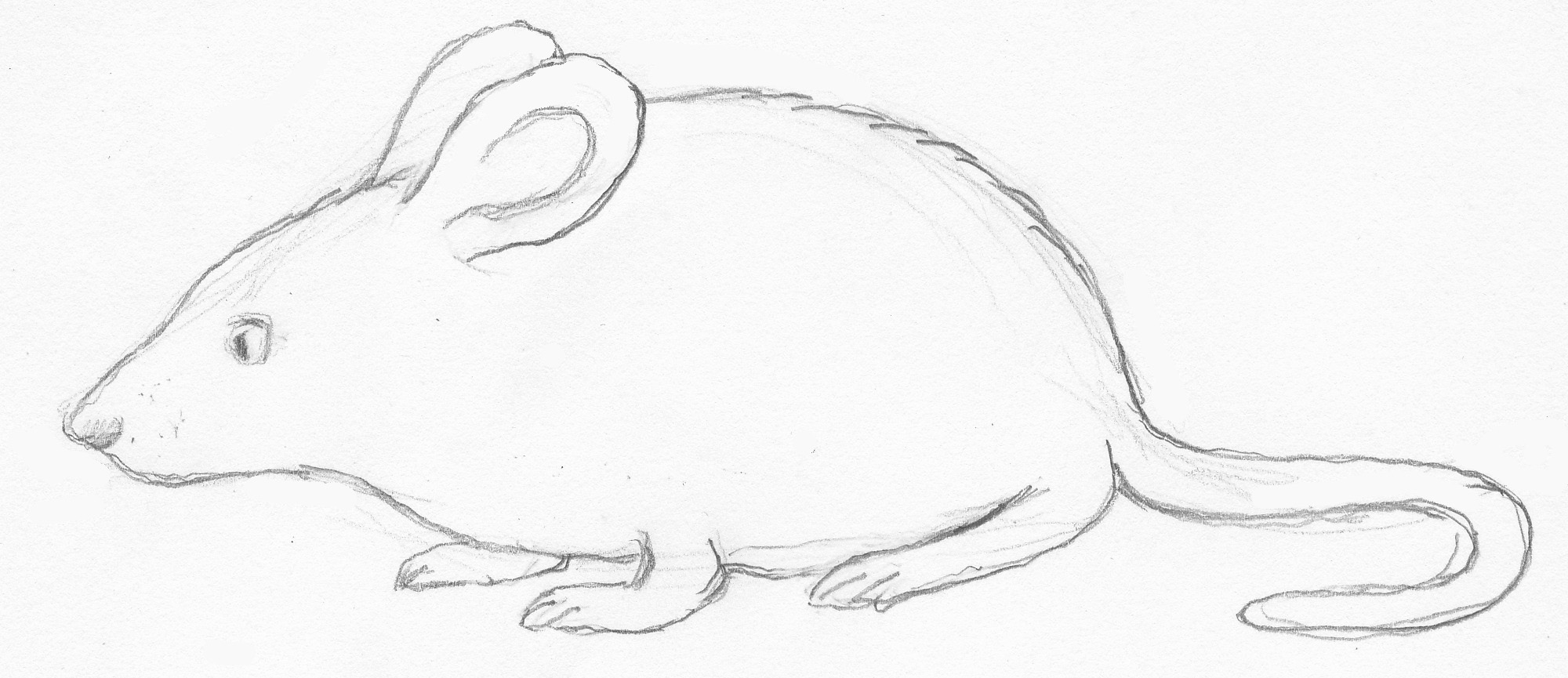
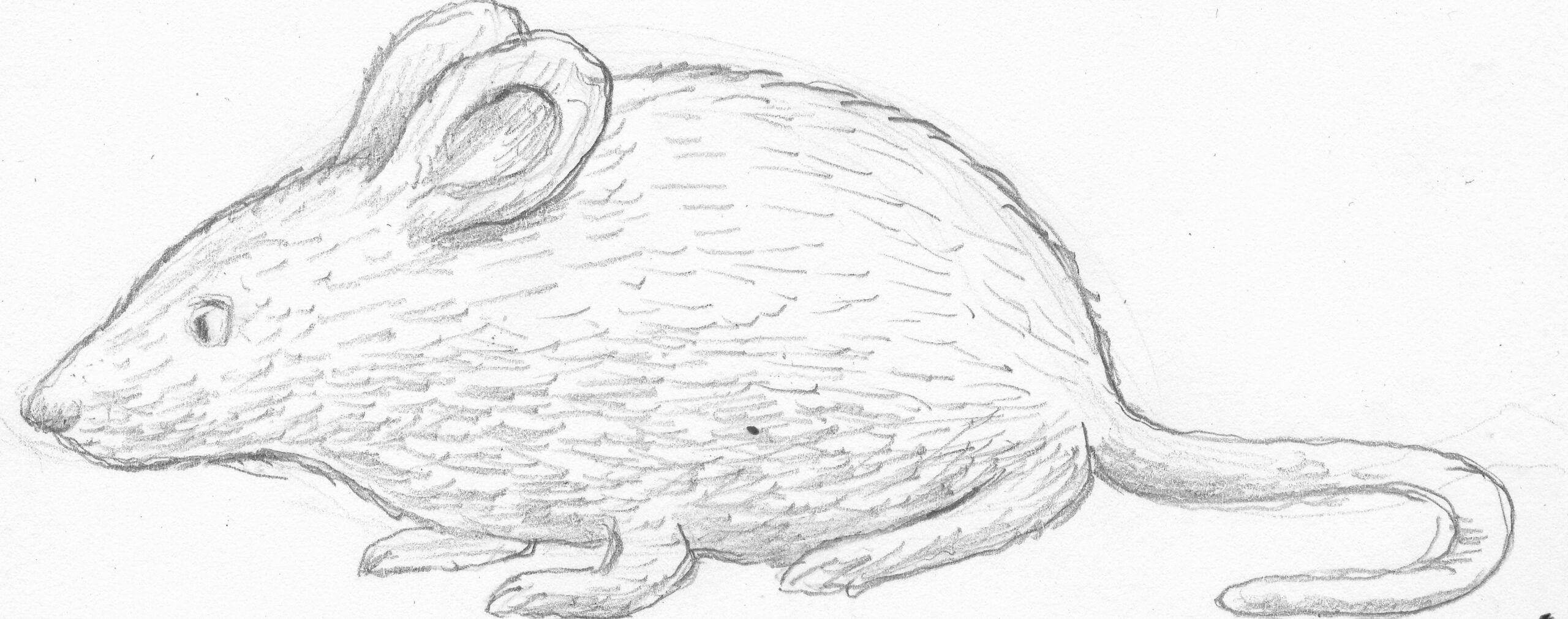
Similarly, illustrator E. H. Shepard made the skin of the famous Winnie the Pooh bear soft and furry, using only the outline, some hatching and a little shade.
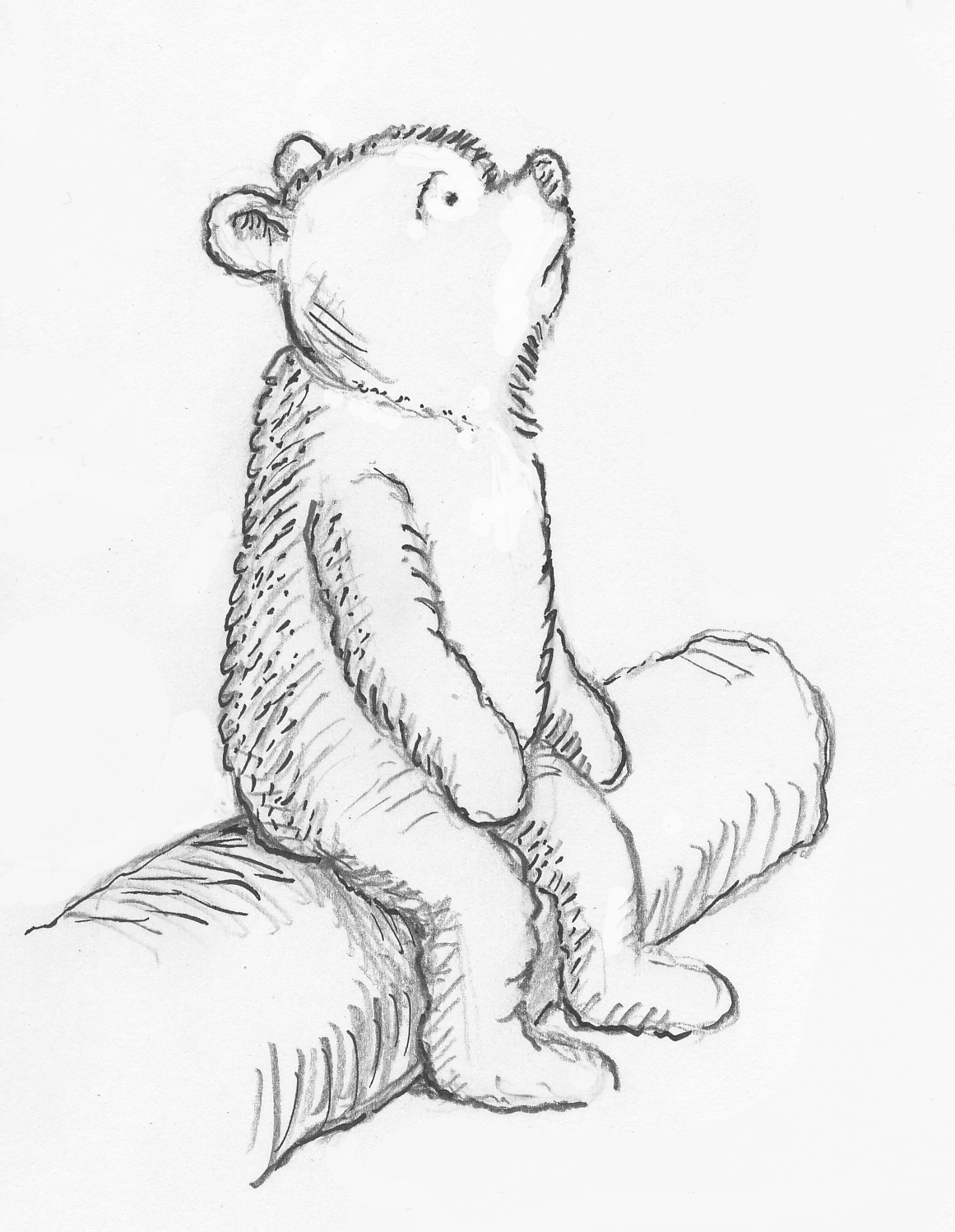
2. PLUMAGE
I drew a house sparrow with folded wings in three steps: step 1 was the outline (left) with an assisting line. I had to pay special attention to the slanted position and the place of the legs. Step 2 was drawing the shapes/outlines of the plumage (middle). Step 3 was drawing in the feathers (right).
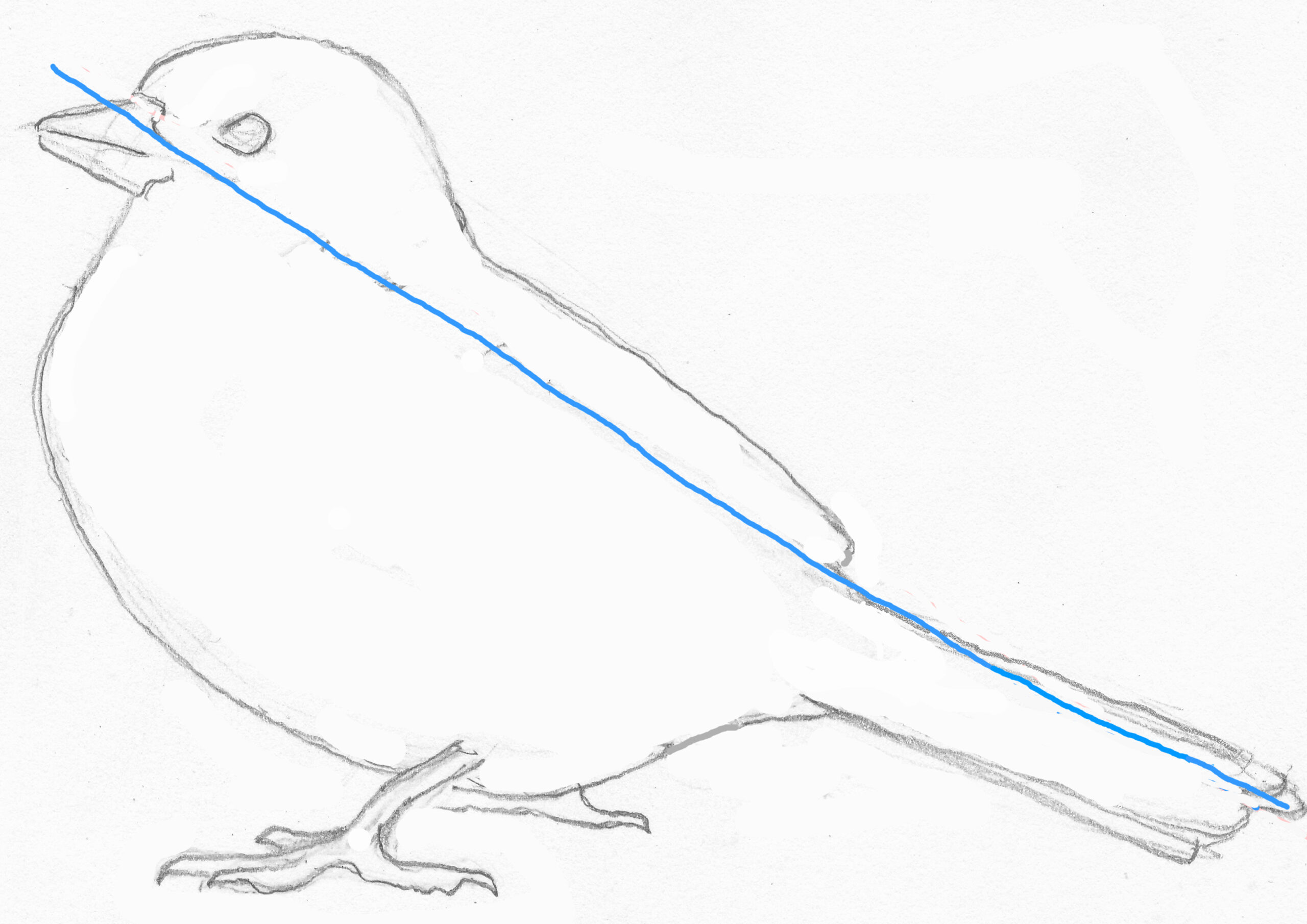
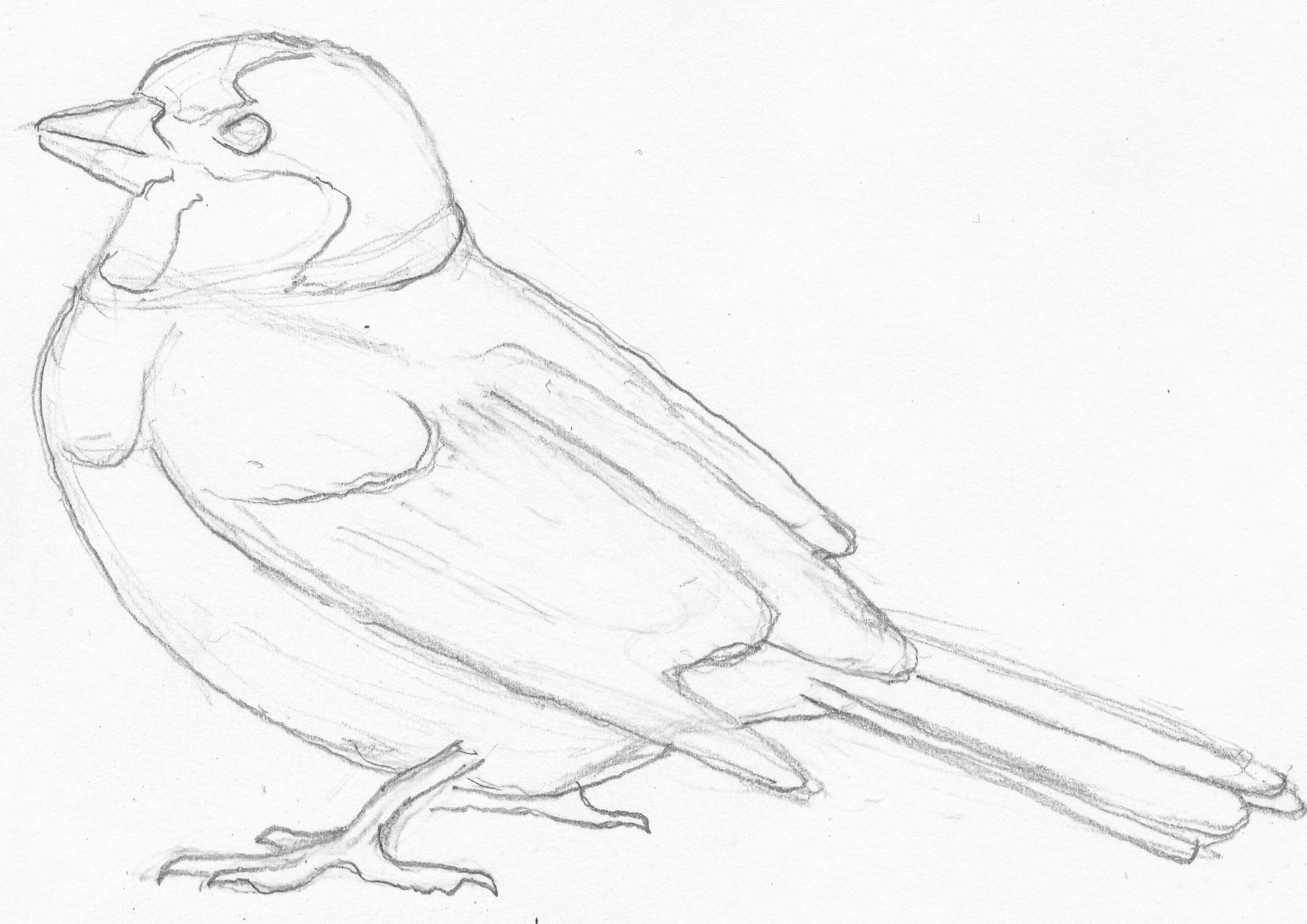

Exercise 2: Draw this great tit in the same way, now with the colors added.
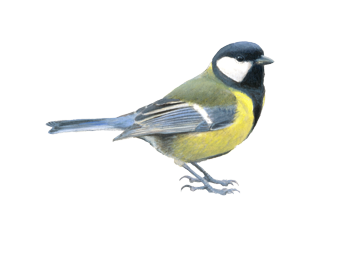
3. SCALY SKIN
Skins of scaly animals such as reptiles have the most amazing structures and colors. It is impossible (at least for me) to draw them exactly, but you can give the suggestion of scales. I’ll show you how I tried this with a lizard from a photo. I started with the shape of the animal, using some assisting lines for directions and proportions. I then elaborated the drawing a bit further with scales, spines and lines that indicate the curve of the body. I drew the scales both in the outline of the head and within it, but obviously not very precisely. You might want to try something like this yourself (lizards in a zoo often sit still, so going to the zoo is a possibillity).
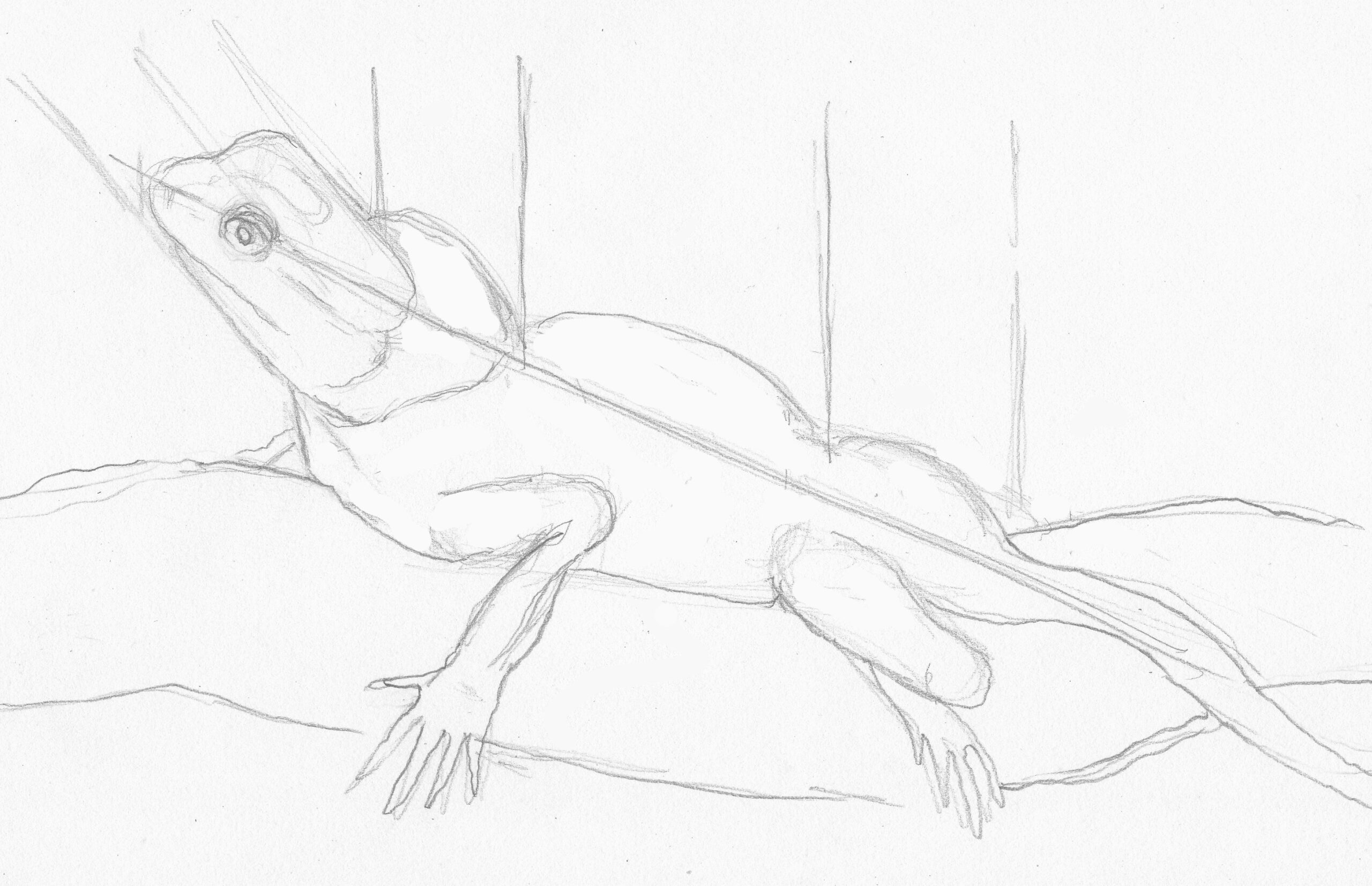

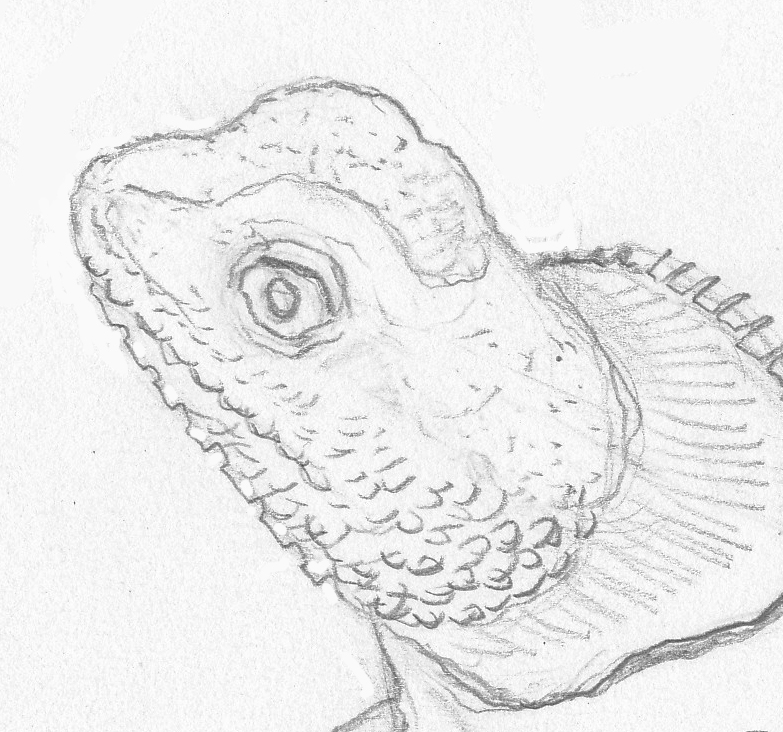
Many fish have scaly skin, such as carp. Different species of carp have different types of scales; the variations in the animal kingdom are almost infinite. I started again with the shape of the fish (using a photo) using assisting lines for the center and the proportions. Without assisting lines I tend to miscalculate these proportions. For the scales I used a structure from the lesson Drawing structures, Chapter 1, Level 1. Finally I made sure that the scales follow the curve of the body a bit.

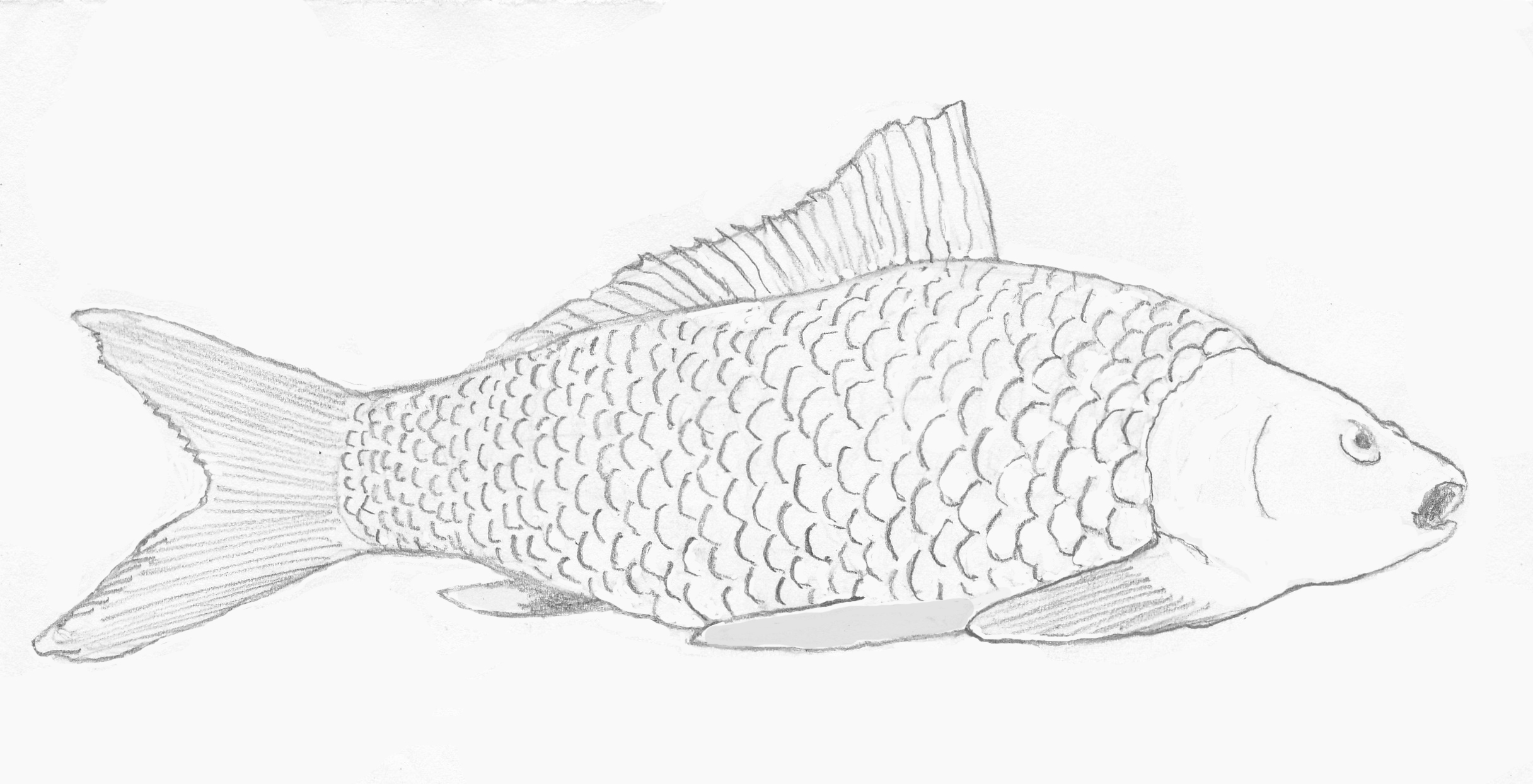
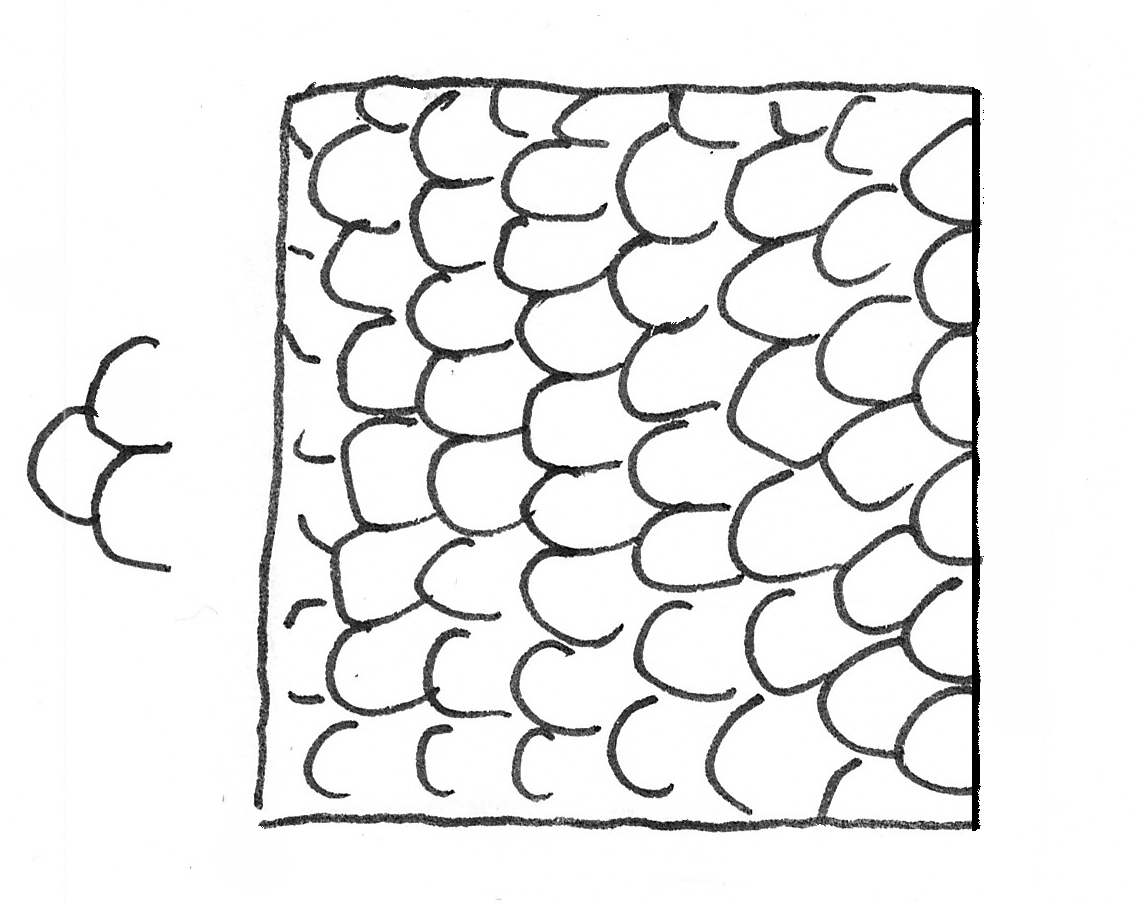
Beautiful examples of drawn fish can be found in Japanese prints such as these Koi carp by Ohara Koson (1877-1945).
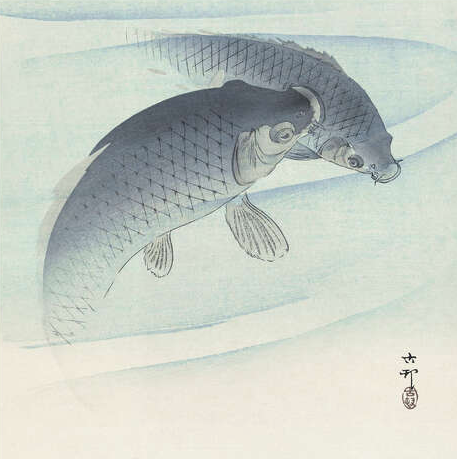
Almost the opposite of a furry coat, spines, feathers or scales is the almost transparent skin of jellyfish. For these astonishing animals you can very well use ovals (see the lesson ‘The versatile oval’, level 2).
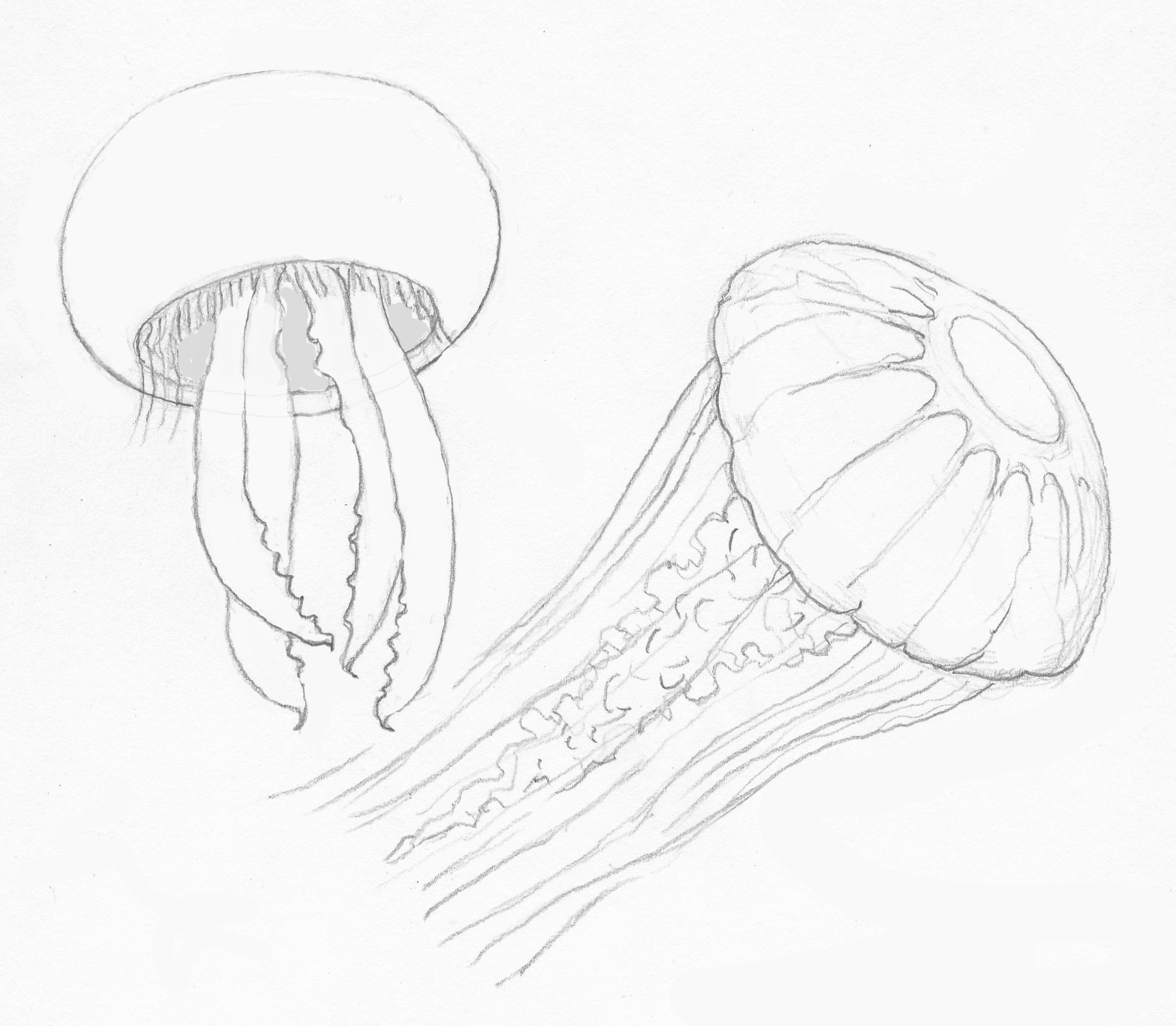
And now get away as fast as you can from that fearsome T-Rex predator!
